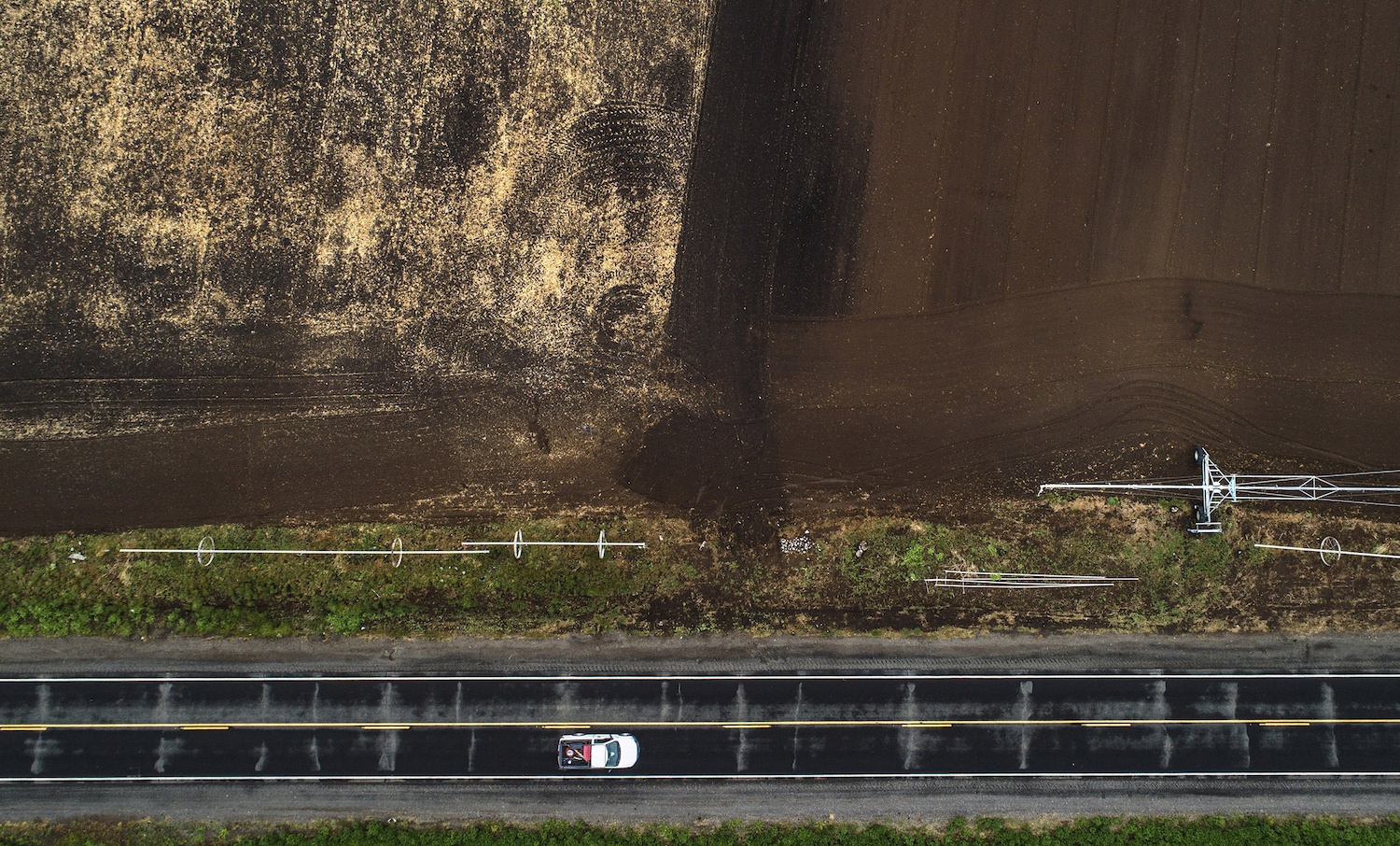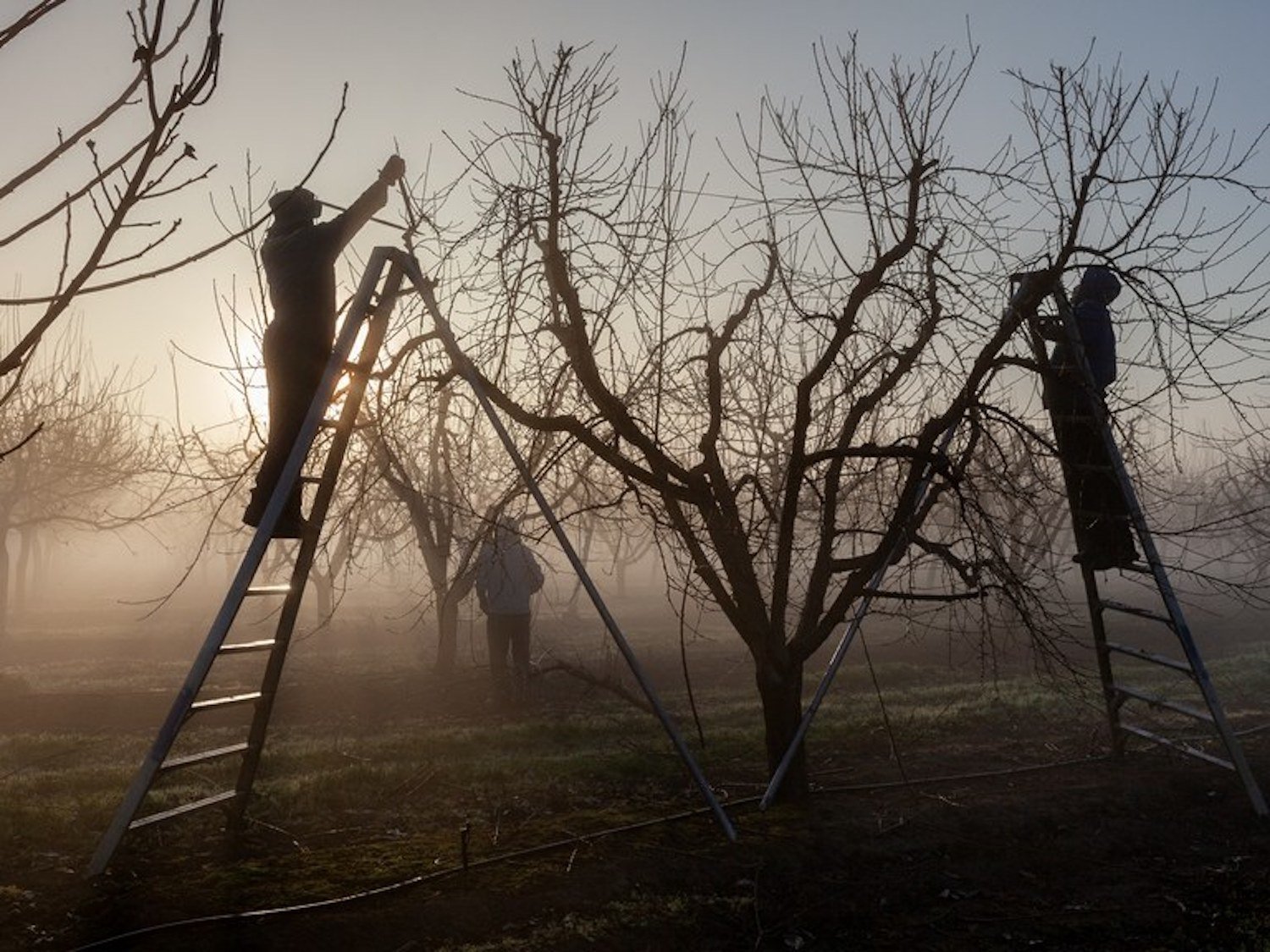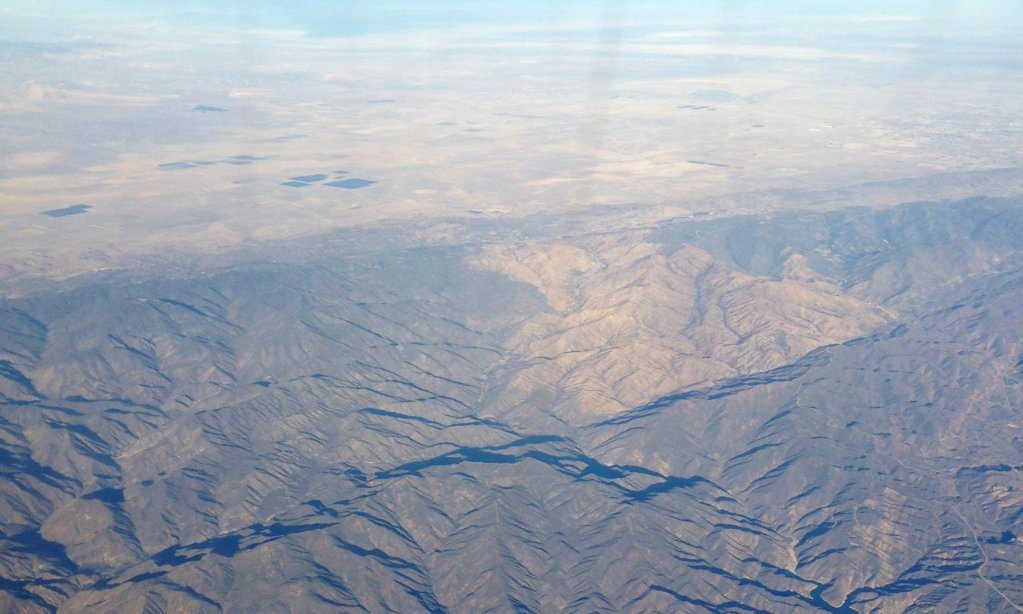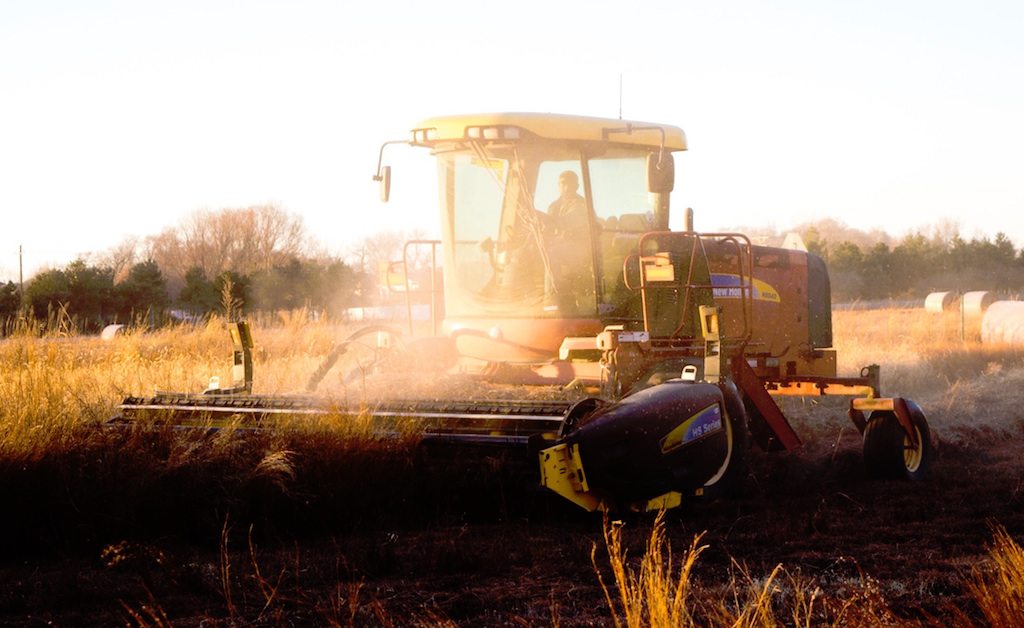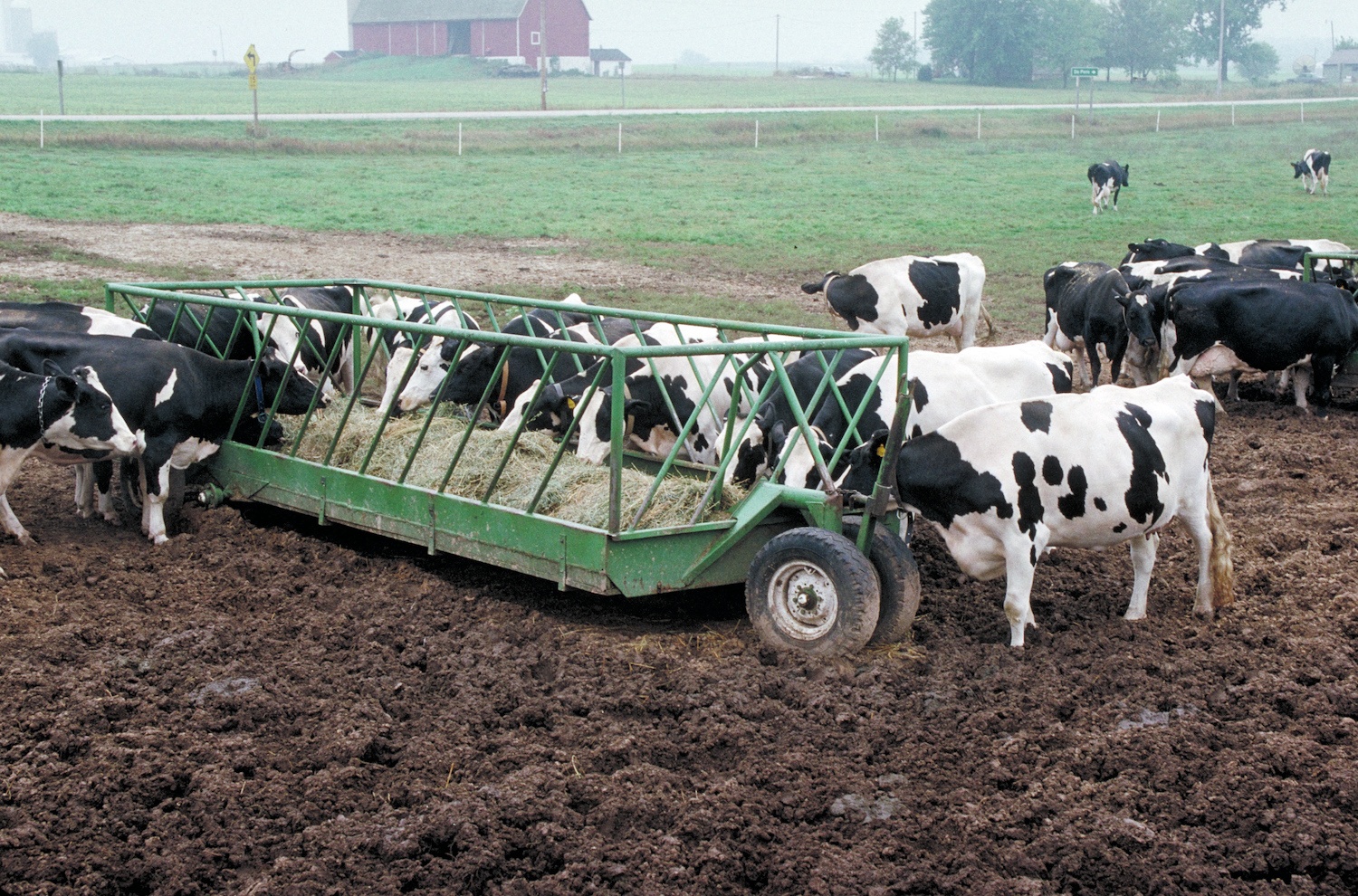Grasshoppers wreak havoc on rangelands and farms across the drought-stricken American West
As if severe drought, wildfires, and a record-breaking heatwave weren’t enough, ranchers and farmers in the western United States are facing a new challenge: grasshoppers, reports CNN. Extreme drought has created ideal conditions for grasshopper eggs to hatch and survive into adulthood in parts of Oregon, Idaho, Montana, Wyoming, Arizona, Colorado, and Nebraska, where populations of the herbivorous insects began to swell in the spring of 2020. They are insatiable eaters, defoliating trees and stripping rangelands of foliage that would otherwise feed grazing cattle. Ranchers have begun to reduce livestock to contend with the hungry insects. The USDA has launched a grasshopper suppression program to control the drought-fuelled infestation, but plans to aerially spray more than 2.6 million acres of Montana grasslands with insecticides have been criticized by conservationists. A blunt-force approach may actually worsen future outbreaks by harming the insect’s natural competitors, which help keep their populations under control, they say. One thing is clear, climate advocates say: The proliferation of grasshoppers in the American West is another example of the pernicious effects of climate change. And insecticides aren’t a long-term solution.
